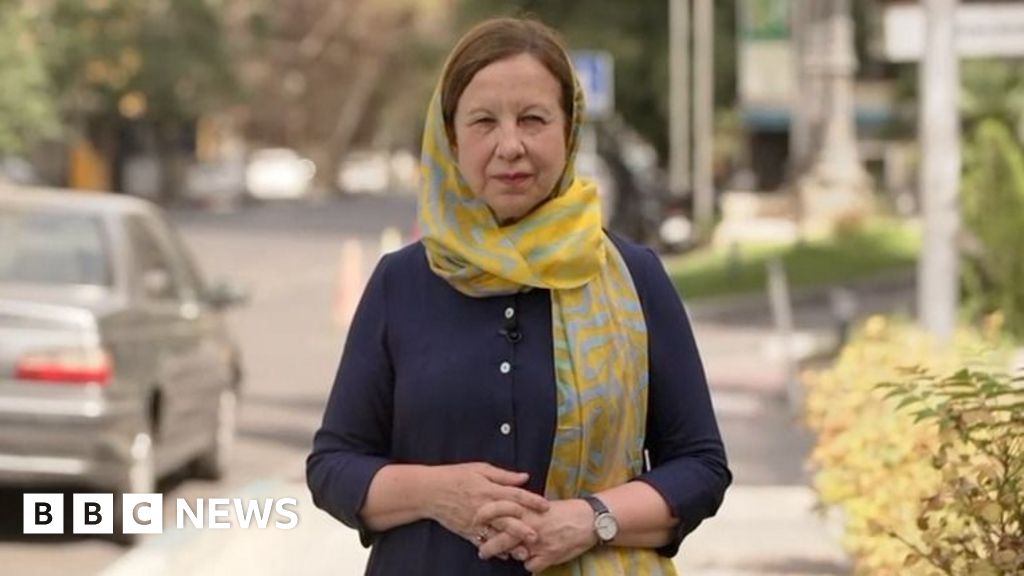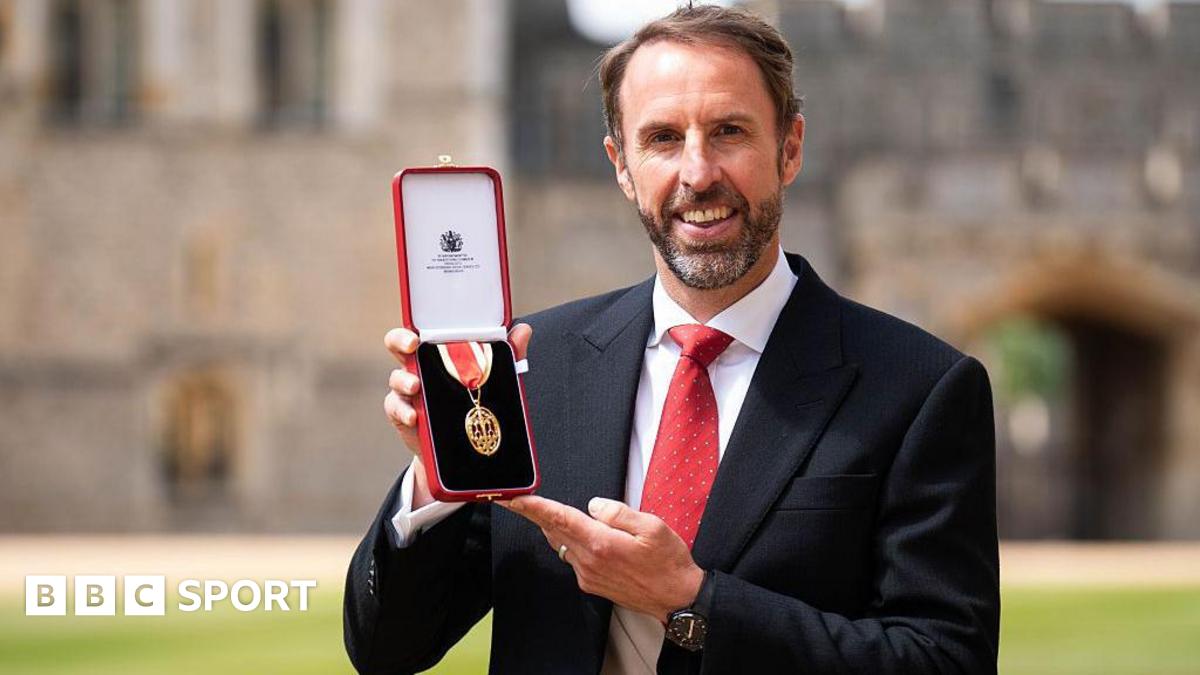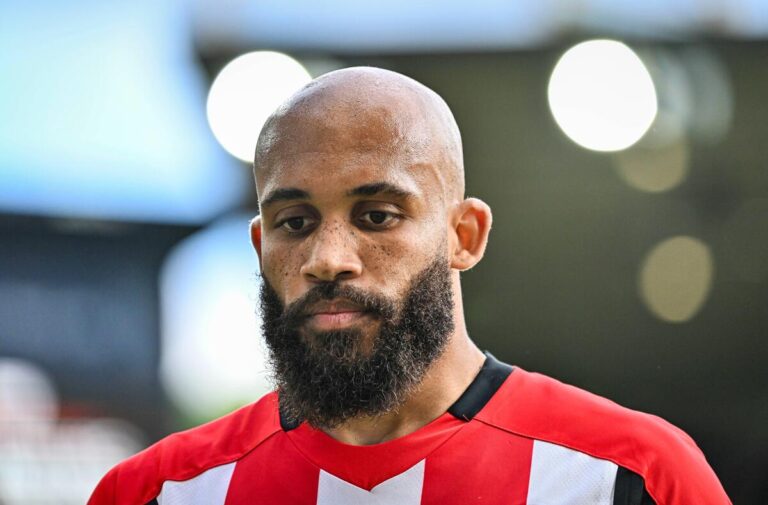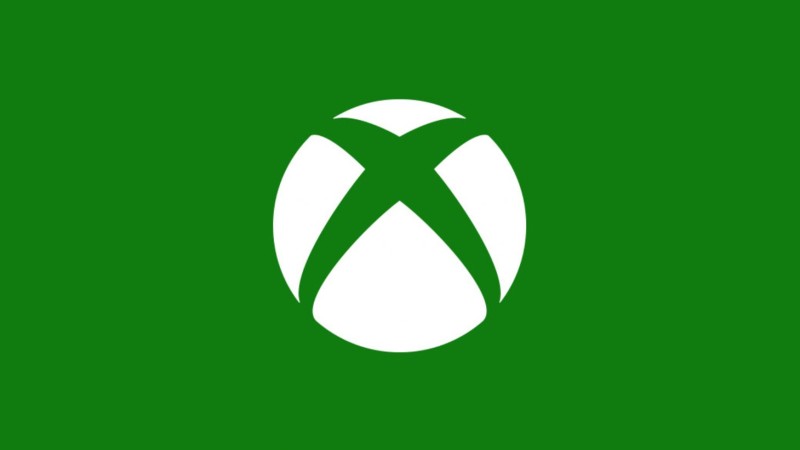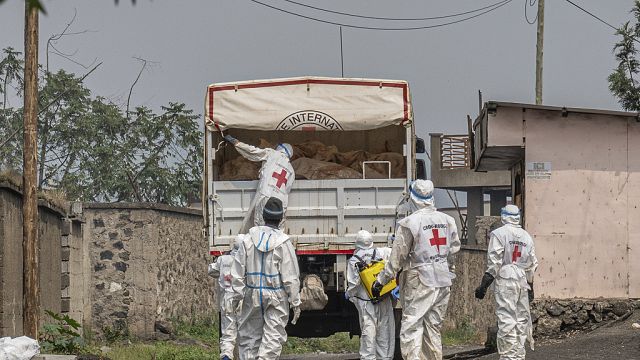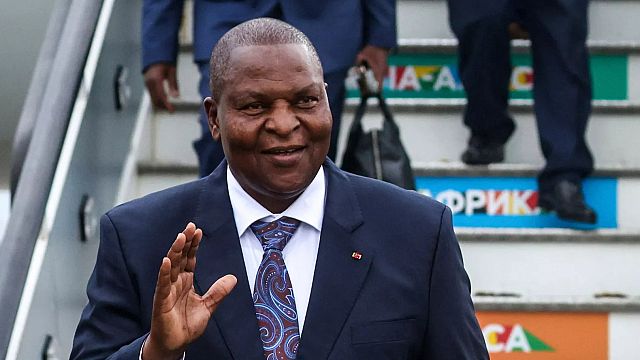Promise of Victory Over H.I.V. Fades as U.S. Withdraws Support


A new drug that gives almost complete protection against the virus was to be administered across Africa this year. Now, much of the funding for that effort is gone. This was supposed to be a breakthrough year in the 44-year-long struggle against H.I.V. Decades of research and investment produced new approaches to vaccines that were going into their first significant clinical trials. The hunt for a cure was homing in on key mechanisms to block the virus, which can lurk dormant and near-untraceable in the body for years. Most critically, a breakthrough preventive drug, lenacapavir, a twice-yearly injection that offers total protection from H.I.V., was to be rapidly rolled out across eastern and southern Africa. The main target: young women. About 300,000 of them were newly infected with the virus last year — half of all new infections worldwide. Every one of these plans has been derailed by the Trump administration’s slashing of foreign assistance. There is more potential than ever before to end the H.I.V. epidemic, scientists and public health experts say. But now, H.I.V. programs across Africa are scrambling to procure drugs that the United States once supplied, replace lost nurses and lab technicians, and restart shuttered programs to prevent new infections. “We imagined we would be in a different world right now,” said Dr. Leila Mansoor, a senior research scientist at the Centre for the AIDS Program of Research in Durban, South Africa. She had planned to spend 2025 analyzing data from one H.I.V. prevention trial, preparing for another and tracking how lenacapavir was transforming the epidemic — alongside colleagues testing new vaccines and cure strategies. “And instead we’re moving backwards at warp speed,” she said. Already, there are fears that H.I.V. infection rates are rising in the hardest-hit countries, but there is no clear way to measure the damage because data collection was mostly reliant on the terminated U.S. funding. Stocks of prevention drugs once supplied by the U.S. are running out across Africa. In South Africa, which has led much of the H.I.V. work in close partnership with the United States, clinical trials of vaccines that had participants ready for their first shot have been canceled, the immunizations left in the back of lab refrigerators. Scientists leading cure studies have laid off their staffs and turned out the lights in their departments. The Trump administration says that too much foreign aid is wasted by corrupt governments and bloated programs. The president and his allies have repeatedly said that the United States has shouldered an unfair share of responsibility for global health support and that other countries must do more. The United States has historically contributed about three-quarters of the global spending on H.I.V., about $6 billion annually in recent years. This is a legacy of a commitment made by President George W. Bush more than two decades ago. Mr. Bush made ending the AIDS pandemic a U.S. priority, saying this was a wealthy nation’s humanitarian obligation, and that it would also benefit American health and security, to bring the deadly virus in check. Now, even as the Trump administration has dismantled numerous H.I.V. research and prevention programs, Secretary of State Marco Rubio has insisted that the United States will preserve its support for treatment programs. Among the prevention programs cut is U.S. support for an ambitious plan to distribute lenacapavir, which the U.S. Food and Drug Administration approved this week. Rapid rollout of the new injection is seen by many public health experts as the best opportunity the world has yet had to stop the spread of H.I.V. in the United States and abroad. Historically, it has taken years for H.I.V. treatments and prevention methods to reach Africa, where three-quarters of people with the virus live, even when those drugs and interventions were first tested on Africans. Lenacapavir was supposed to be the product that showed that the world was finally doing things differently, said Dr. Linda-Gail Bekker, director of the Desmond Tutu H.I.V. Centre at the University of Cape Town, who was a principal investigator in the trial that proved the drug’s extraordinary effectiveness. The company that makes the drug, Gilead Sciences, applied for regulatory approval in African countries where it was tested at the same time as in the United States. The company also issued a voluntary license to makers of generics, including companies in India and Egypt, so that an affordable product would be available in a few years. To bridge the gap until that time, Gilead committed to producing enough of the drug to protect two million people over three years, to be sold at “a no-profit price.” However, about half of those doses from Gilead were supposed to be purchased by the President’s Emergency Fund for AIDS Relief, known as PEPFAR. But the Trump administration has decided that PEPFAR should no longer support H.I.V. prevention for anyone except pregnant and breastfeeding women, and will most likely fund only a sliver of the planned Gilead purchase. The other half of the doses were meant to be bought by the Global Fund to Fight AIDS, Tuberculosis and Malaria, a multilateral donor agency to which the United States has historically been the largest funder. But the Trump administration is also cutting deeply into its support to the Global Fund. The third potential buyer for lenacapavir is the countries themselves. But many are already straining health budgets to patch gaping holes created by the reduced PEPFAR support and loss of other U.S. assistance. “The promise of lenacapavir for prevention was — everybody thought this is the last stage to bring the H.I.V. epidemic down to its knees, and there was such enthusiasm for what we would see,” said Dr. Ntobeko Ntusi, the chief executive of the South African Medical Research Council. “That’s now all up in the air.” Executives at Gilead Sciences say the company is producing the bridge doses now, and publicly say they are confident that the planned two million people will receive the drug. “Gilead has not stopped or slowed down in our ambition to make sure we get lenacapavir to as many people as possible,” said Janet Dorling, senior vice president for global patient solutions at Gilead. “The changing landscape means we might have to do that differently. I would not tell you that everything is as we expected. But everyone’s working very hard to find a way to make this happen.” Privately, however, the company is somewhere between anxious and panicked about who will pay for the product, according to people who have been part of negotiations. Gilead would not disclose what price it would charge for these initial doses for Africa, but H.I.V. program managers in several countries said they had been told the target price was about $100 per patient per year. That is roughly double what African countries pay for daily H.I.V. prevention pills, but ultimately cost-effective for public health services because it offers much greater protection, said Hasina Subedar, who oversees the design of H.I.V. prevention programs for South Africa’s health ministry. Women who tested the injection said it worked better for them than pills because they didn’t have to remember to do something every day, and they didn’t have to worry about stigma associated with H.I.V.-related tablets that a parent or partner might see. There is widespread hope in African countries that the Gates Foundation may step in to cover the lost U.S. government funding for the purchase — Bill Gates has often expressed enthusiasm about the potential of lenacapavir to accelerate the end of AIDS — but the foundation is resistant to buying the product from Gilead, the people familiar with the negotiations said, because its executives are reluctant to make a large payment to a major pharmaceutical company. “We’ve been working on how quickly we can get the generic version activated,” said Trevor Mundel, president of global health at the Gates Foundation. The foundation will guarantee large-volume purchases to encourage the generics makers to ramp up production, he said, in the hope that the low-cost version of lenacapavir is available by early 2027. But prevention experts are concerned that generic drug makers will be reluctant to scale up production of lenacapavir if demand hasn’t already been proven — potentially keeping supply limited for years. Mitchell Warren, executive director of the H.I.V. prevention organization AVAC, said a potential buyer like the foundation was best placed to negotiate the price down further in this complicated moment for Gilead. (The foundation is a major backer of the Global Fund and would contribute to a lenacapavir purchase in that way.) Peter Sands, executive director of the Global Fund, has been lobbying politicians in Washington to support lenacapavir, hoping that some part of the U.S. funding pledge for the rollout might be restored. “If you want countries to take on the responsibility for their H.I.V. responses, in terms of both leadership and funding, it’s a very different thing to take on a problem that is still growing than a problem where you have made a significant dent in the numbers of new infections,” he said. “And lenacapavir gives us that opportunity to dramatically reduce new infections.” The Children’s Investment Fund Foundation, a British charity, has pledged $150 million to the Global Fund to support the rollout of lenacapavir, and the fund is urgently seeking new philanthropic and private sector donors, Mr. Sands said, as well as urging recipient countries to rejigger their budgets where possible to help fast-track the introduction of lenacapavir. The South African government, which now pays for the daily oral prevention drug, was counting on PEPFAR assistance to introduce the twice-yearly injection of lenacapavir as an additional, most likely more popular option. Ms. Subedar said South Africa hoped to use it fast and widely, interrupting viral transmission and swiftly pushing infection rates down. She had envisioned getting lenacapavir to 800,000 young women in 2026, blitzing college dorms and minibus stops. Now, she said, South Africans are once again stuck, knowing a revolutionary technology exists but unsure if and when they will have access to it. In Eswatini, the country which once had the world’s highest rate of H.I.V. infection, Sindy Matse, program manager of the Swazi National AIDS Program, said the rates of H.I.V. testing in the country had fallen precipitously since January. And from January to April, nearly 5,000 people who take H.I.V. treatment failed to pick up their medication, most likely because their clinics were closed or their outreach workers were fired, she said. Ms. Matse worries that infected people aren’t starting on treatment and that pregnant women may give birth to infected babies — but she doesn’t know for sure what’s happening because much of her program’s data was collected and processed by clerks whose salaries were paid by PEPFAR and whom the government has yet to replace. “We never got time to transition,” Ms. Matse said. “Now we are expecting to see new infections, and drug resistance from people whose treatment is interrupted.” South Africa has also seen a sharp drop in the number of people taking pills to prevent infection. In Cape Town, Dr. Bekker fears that South Africa’s hospitals will soon start to see a surge of people with tuberculosis — people whose H.I.V. treatment has been interrupted, or who have not been diagnosed. Clinicians will need a crash course in what AIDS-related infections look like, she said; young doctors will not have seen them because South Africa’s H.I.V. program has been so effective over the past 15 years. Soon they will be back. “The stars were aligning, with these new innovations, to really bring this thing to its knees,” she said. “But this money was critical to get there. And now it’s gone.”
What's Your Reaction?
 Like
0
Like
0
 Dislike
0
Dislike
0
 Love
0
Love
0
 Funny
0
Funny
0
 Angry
0
Angry
0
 Sad
0
Sad
0
 Wow
0
Wow
0


